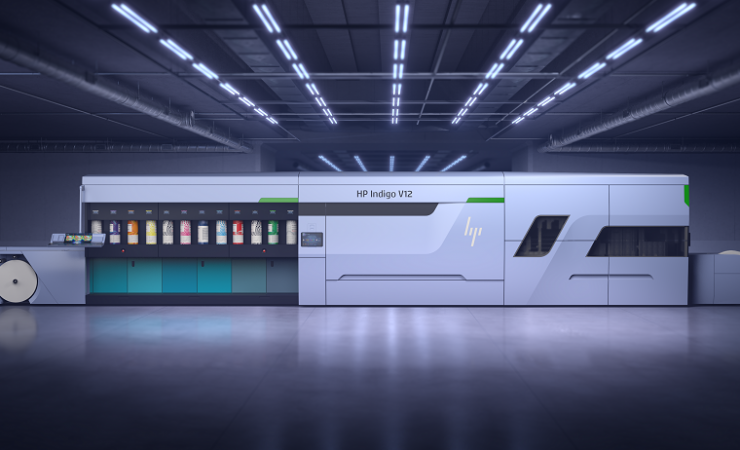The outlook for the global market for print and finishing equipment ‘remains challenging’, although the installed base of digital presses will grow overall through to 2026.
According to Smithers, the global market for print and finishing equipment will reach $15.9 billion in 2021, showing signs of recovery after the disruption caused by Covid-19, as illustrated by data from its The Future of Print Equipment to 2026 report. According to the report, sales values fell from $17.3 billion in 2019 to $13.2 billion in 2020. Despite recovering to some extent in 2021, Smithers has forecast that in the post-Covid world sales value will struggle to recover to pre-pandemic levels after the initial rebound recorded in 2021. The market will be essentially flat, the report predicts, with a -0.2% compound annual growth rate (CAGR) for 2021-2026 at constant prices. As a consequence, this will place a premium on new technologies, value-adding systems and services, and greater automation, as print OEMs look to maintain profitability.
Smithers’ new report found that whilst the impact of 2020 has been felt in all technology sectors and geographic markets, it has not been experienced equally, and there will be few segments that will continue to expand through the 2020s as buyers and print service suppliers adjust to a business environment reshaped by the experience of the pandemic.
Smithers has predicted that the most severe impact will be felt in sales of analogue platforms used in commercial print and publications, with some smaller print service providers pushed out of business. These applications were already in decline with falling print volumes across the 2010s, now exacerbated by Covid-19. Smithers forecasts a -1.9% decline year-on-year for analogue equipment over the next five years.
Overall increased demand for packaging press and digital technology will largely balance out this market decline, however. Across the Smithers forecast period, the installed base of digital presses will grow overall, with electrophotographic presses adding particularly to the installed base. The installed base of inkjet presses is forecast to be essentially static between 2021 and 2026, as the removal of wide format presses compensates for greater use of single-pass and sheet-fed units in packaging and other alternative applications.
Greater demand for shorter print runs accelerated this in 2020, and shifted per unit print costs in favour of digital printing, whether inkjet and electrophotographic presses. Added to this, digital equipment is easier to integrate with e-commerce, web-to-print and print-on-demand service models, which are increasingly popular; and can be used to deliver value-adding variable data print. In the short-term many technology vendors are more focused on incremental improvements to existing platforms, until revenues recover. Tighter budgets mean there will also be more pressure on OEMs to revise their ink pricing strategies, Smithers stated.
Across the 2021-2026 period, the largest growth market for equipment sales will be in Asia, especially India and China. Demand will decline in both Western and Eastern Europe. North and Latin America will also see moderate rises in equipment sales by value over the period, of close to 1% CAGR.
Smithers also noted how the cancellation of drupa 2020, and a reduced attendance at the virtual.drupa event in 2021, ‘has broken the industry’s reliance on this key event in the print calendar.’
The market research firm stated, ‘This is leading firms to investigate new online sales and marketing channels to engage with a global customer base and demonstrate their latest equipment. This matches with the imperative to offer more direct remote service and support online as Covid-19 restricts on-site visits. Though to 2026 these will remain highly effective and low-cost means for both problem-solving and preventative maintenance, with conventional technology now supplemented by mobile and augmented reality systems.’



